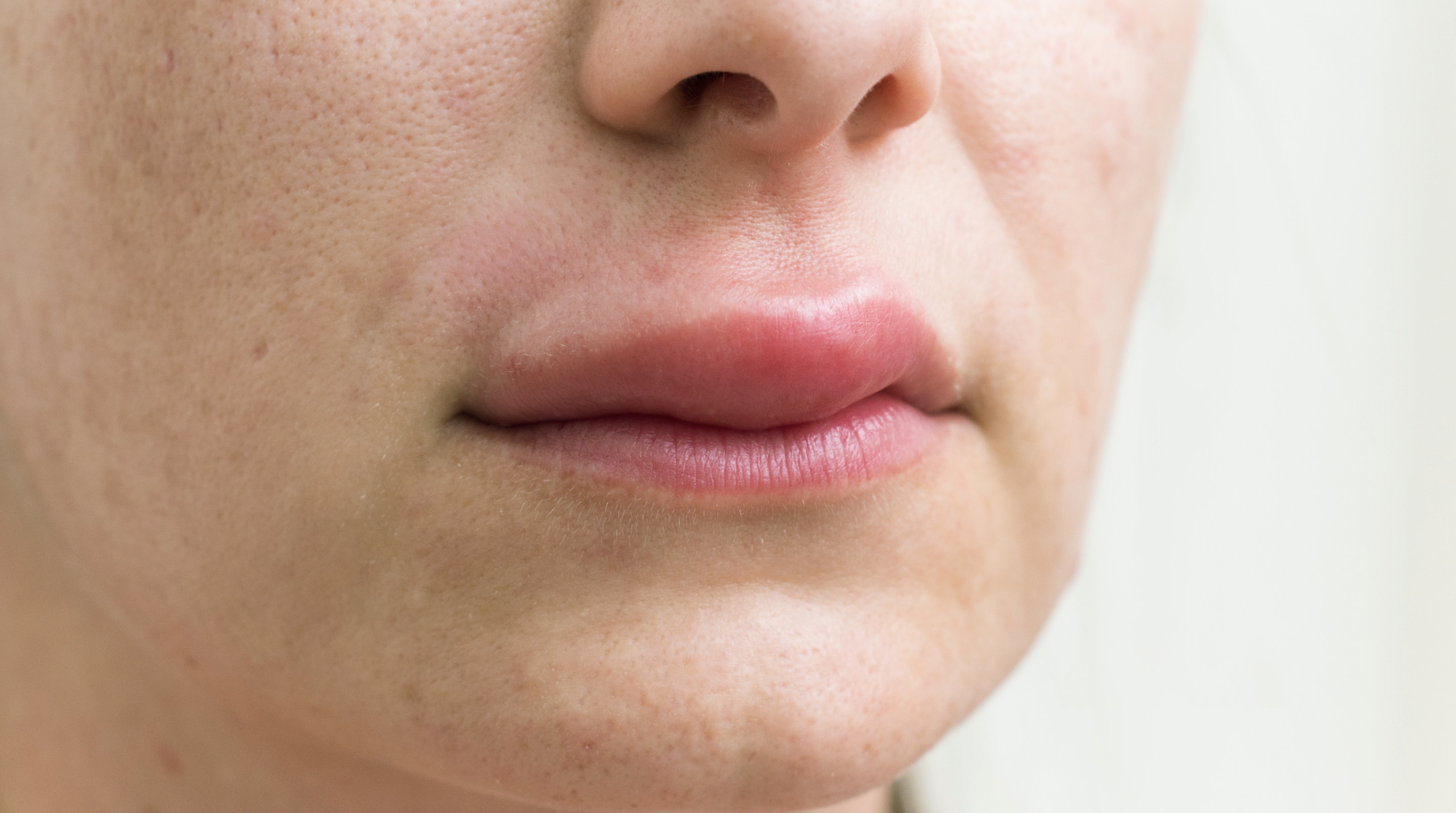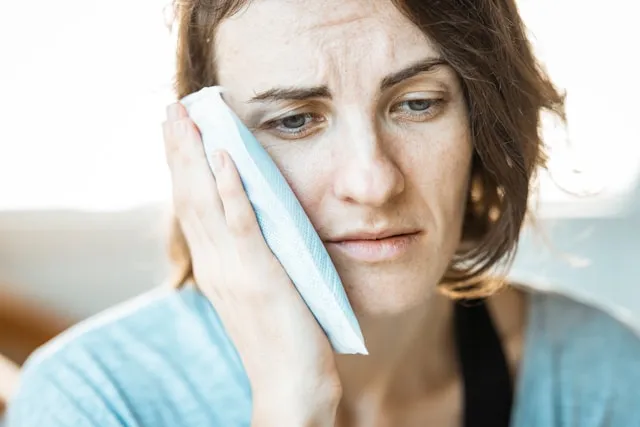Are you experiencing leg pain? Whether it's sharp pain in the middle of the night or a dull pain after a long day, the leg pain strikes without warning. When it hits, you look for quick relief. If you are wondering, "How to get rid of leg pain immediately," this article will guide you on simple and effective solutions to ease pain and discomfort.
How to Get Rid of Leg Pain Immediately? 9 Effective Strategies
How to relieve leg pain instantly? Try the following home remedies and OTC treatment:
1. Consider the RICE Method
The RICE method is a simple self-care strategy to reduce leg discomfort. It involves:
-
REST- Resting and limiting movement promotes the repair of the injured tissue and alleviates pain.
-
ICE APPLICATION- Apply an ice or a cold pack on the afflicted leg to relieve pain.
-
COMPRESSION- Bandage the leg to lessen swelling.
-
ELEVATION- Keep your afflicted leg elevated by placing cushions beneath your legs to relieve strain and pain.
2. Remain Hydrated
Muscle cramps are often associated with dehydration and an electrolyte imbalance. So, for quick relief:
-
Drink a lot of water or an electrolyte drink.
-
Eat an orange or a banana for a natural boost of potassium.
3. Consider Heat Therapy
-
Applying a warm towel or heating pad to the affected area can help relax leg muscles by blocking pain receptors.
-
Apply the heat for about 15 to 20 minutes at a time to ease muscle tension and stiffness.
4. Get a Massage
-
Get a gentle massage from a qualified massage therapist that eases blood flow in the damaged muscles.
-
This reduces muscle stiffness and pain.
5. Practice Stretching
-
If the leg pain is because of muscle cramps or tight muscles, practice stretching exercises, such as calf stretch, quadriceps stretch, or hamstring stretch.
-
Stretching exercises boost blood flow and reduce tightness within a few minutes, according to research.
6. Use Over-the-Counter (OTC) Pain Relief
If natural methods do not show quick results, you can:
-
Take NSAIDs, such as ibuprofen or naproxen, which are the best over-the-counter medicines for leg pain, a study says.
-
Try topical analgesics to get rid of localized relief.
Note: Follow the dosage instructions directed on the label and consult the healthcare provider if unsure.
7. Try Compression
-
Compression wraps and socks support and boost circulation, which can rapidly relieve pain and swelling.
-
They are particularly effective for pain associated with standing all day, poor circulation, or varicose veins.
8. Stay Hydrated
-
Dehydration or low electrolyte levels can lead to overlooked leg pain and cramps, so drink water immediately, which can relieve muscle cramps within a few minutes of proper hydration.
-
If you exercise excessively, consider taking electrolyte-rich drinks, such as coconut water or sport drinks, to replenish the balance of lost minerals, like magnesium and potassium.
9. Elevate Your Legs
-
Elevating your legs can reduce swelling and boost circulation by draining excessive fluid and relieving pressure on the affected area, which can provide a noticeable relief in around 15 to 20 minutes of doing it.
-
Just lie down and raise your legs above your heart level. Place the pillows below your legs for support.
Quick Relief Methods for Specific Types of Leg Pain
Here are the quick approaches you can follow:
Sciatica Pain
-
Lie down on your back and bring both knees to your chest.
-
Use heat and ice therapy on alternate days every 20 minutes. Also, gentle walking may help.
Muscle Cramps
-
Stretch your cramped muscle immediately and hold this posture until the cramp subsides.
-
Massage the affected area and take a gentle walk around.
Restless Legs
-
Try gentle yoga poses, massage the legs, and take a warm bath.
-
Rub magnesium oil on the leg before bed, which can be helpful for some individuals.
Shin Splints
-
Perform stretching of your calf muscles, avoid high-impact physical activities, and ice the impacted area.
-
Wear more supportive footwear.
How to Get Rid of Leg Pain During Pregnancy?
Leg pain is common during pregnancy, especially during the second and third trimesters. It occurs due to the increased body weight, more pressure on the nerves and blood vessels, and hormonal changes. Sciatic leg pain is also common during pregnancy. If you are pregnant and experience leg pain, here are the home remedies you can try, but also consult your gynecologist before:
-
Practice simple stretching exercises: Stretch your calves, which relaxes the muscles and relieves pain. It also reduces the chances of cramps while sleeping.
-
Exercises using a foam roller: Use a foam roller, which engages muscles, such as calves, glutes, and hamstrings, to relieve sciatic lower leg and back pain.
-
Ensure hydration: Drinking plenty of water throughout the day to keep the muscles hydrated, as it is crucial to prevent calf cramps.
-
Avoid crossing the legs: Do not cross your legs while sitting, as this can lower the chances of hindrance in the blood flow to the legs.
-
Use heat therapy: In case of leg cramps, use a heating pack or a warm cloth on the affected area to soothe the pain.
What Causes Leg Pain?
Understanding the causes of leg pain can help with better prevention:
-
Muscle strains and spasms
-
Injuries or fractures
-
Blood flow issues, like varicose veins, peripheral artery disease, and deep vein thrombosis
-
Nerve problems, such as sciatica or peripheral neuropathy
-
Other health conditions, like arthritis, gout, or restless legs syndrome
How to Avoid Leg Pain in the Future?
Here are the tips to consider to get rid of leg pain in the future:
-
Stay hydrated by drinking a lot of pain throughout the day.
-
Stretch regularly, particularly before & after exercise.
-
Wear supportive and well-fitted footwear.
-
Avoid standing or sitting for prolonged hours.
-
Maintain a healthy body weight.
-
Quit smoking and reduce alcohol intake.
-
Strengthen leg muscles via low-impact exercises, such as cycling, walking, or swimming.
-
Make sure to take sufficient amounts of potassium, calcium, and magnesium through your diet.
When to See a Doctor?
Occasional leg pain is common, but if you experience the following situations, see a doctor:
-
Sudden and severe pain
-
Redness, warmth, or swelling in one leg
-
Difficulty walking, weakness, or numbness that does not resolve
-
No improvement in pain with rest or home remedies
-
Signs of infection, like redness, fever, and warmth
-
If you have a history of circulation problems or diabetes
Final Thoughts
Leg pain can be annoying, but understanding how to get rid of leg pain immediately can make a huge difference. By combining the RICE method, heat and cold therapy, massage, hydration, stretching exercises, and OTC painkillers, you can manage mild leg pain within a few minutes. If pain persists or worsens, see a doctor to rule out the underlying cause.
Frequently Asked Questions
How to get rid of leg pain immediately at night?
Apply heat pad or ice pack, massage the legs, take OTC pain medications, stretch before bed, or use a pillow/rolled-up towel. If pain persists, see the healthcare professionals.
Can leg discomfort result from a dietary imbalance or deficiency?
Yes. Painful cramps, numbness or tingling sensations, and muscle weakness can be caused by low levels of certain vitamins and electrolytes.
Is leg pain typical in the first trimester of pregnancy?
Yes, some women may have it during the first month or first trimester, but it usually happens in the second or third.
Does leg pain mean cancer?
Yes, it can be the symptoms of cancer, but in rare cases. See a doctor always if pain is severe or worsening.
What is the fastest way to relieve leg pain?
The RICE method is the fastest way to relieve leg pain along with OTC pain medications, such as ibuprofen.
What vitamin deficiency causes leg pain?
Deficiencies of vitamin B1, vitamin B12, vitamin D, potassium, and iron can contribute to leg pain.
-User-1754377709.png)
Reviewed by







